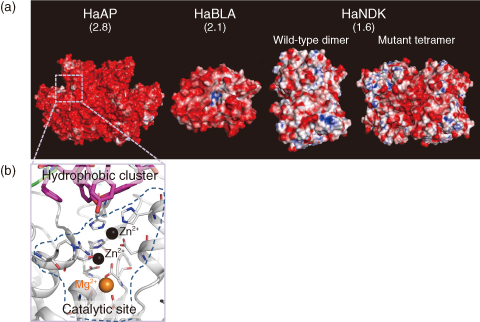
Fig.5-22 X-ray crystal structures of the halophilic proteins
Halophilic bacteria living in salt-rich environments such as salt lakes, halite, and salted foods produce special proteins called “halophilic proteins.” The surfaces of these proteins exhibit abundant quantities of acidic amino acids; consequently, they become negatively charged. We have exploited this property to develop protein absorbents of rare and harmful metals. As the molecular design of such absorbents requires knowledge of the protein’s tertiary structure, we conducted X-ray crystallographic analysis of several halophilic proteins; namely, nucleoside diphosphate kinase (HaNDK), β-lactamase (HaBLA), and alkaline phosphatase (HaAP) (Fig.5-22(a)). Here we describe the structural study of HaAP, which possesses the highest number of acidic residues among the three candidate proteins.
A detailed structure of HaAP (Fig.5-22(a)) was acquired using the X-ray beams at SPring-8 and the Photon Factory. The negative charge density at the molecular surface of HaAP (0.0028 e/A2) is strikingly higher than those of alkaline phosphatases from other halophiles and a non-halophilic Escherichia coli strain (0.0004-0.0019 e/A2), whose X-ray structures are known. This property suggests that HaAP can interact with various metal ions, including rare and harmful metal ions.
Next, we clarified the relationship between the structure and enzymatic function of HaAP. Halophilic proteins usually lose their enzymatic activity at low salt concentrations, as their tertiary structures are destabilized by electrostatic repulsion between the side chains of the acidic residues. However, HaAP is exceptional because it maintains enzyme activity over a wide salt concentration range (1-4 mol/ℓ NaCl). Our structural study revealed more internal hydrophobic residues in HaAP than in alkaline phosphatases from other halophiles and non-halophilic E. coli (24-27). These abundant internal hydrophobic residues may help to stabilize the HaAP, thereby preserving its enzymatic activity at low salt concentrations (Fig.5-22(b)). Therefore, protein absorbents modeled on the HaAP structure might be functional in a wide range of saline environments, from freshwater regions to salt lakes.
Moreover, using the designed protein absorbents, rare and harmful metals can be collected by unique methods. For example, if the protein absorbents are expressed in specific parts of plants, such as their seeds, we can envision an efficient, cost-economical means of sequestering rare and harmful metals from different environments.
The present study was accomplished in collaboration with Kagoshima University.